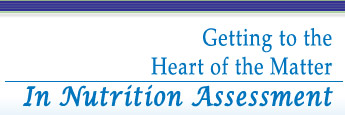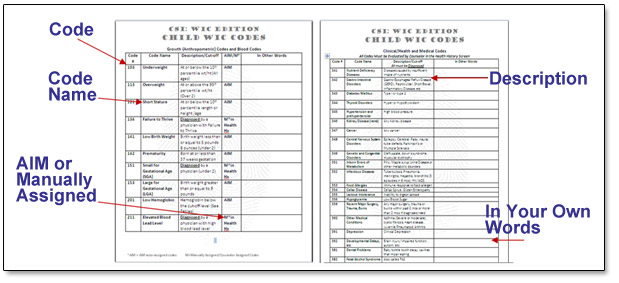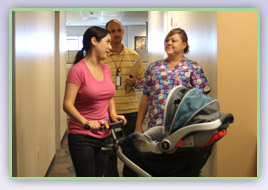
Module 1: The Art of Assessment
So the twister touched down, and you were inside the AIM system when it whisked away the Health History and Nutritional Questionnaire. In the calm after the storm, you open the door and there is a new land that is bright with sights and sounds. You are introduced to Glinda and magically the Ruby Slippers appear on your feet and you are given instructions to somehow find the Emerald City. Where do you begin?
Have On HAND
Workbook Pages 11-19ABCDE Assessment Tool
ABCDE Note Tracker
Circle Chart
CSI Cheat Sheets
Nutrition Risk Manual
Module Summary
This module discusses the basics in assessing a participant and introduces the ABCDE assessment tool. It details WIC codes and categories and how to use them on a CSI cheat sheet to gather critical information.
Module Goals
- Describe assessing the potential for a Risk/WIC code using the Risk Manual
- Explain the different WIC codes, categories and details
- Demonstrate how to use a CSI cheat sheet or Nutrition Risk Manual
- Examine the ABCDE assessment tool
Module Highlights
PCS: Participant Centered Services and Education
There are several important factors in conducting an assessment. It is the same scenario you utilize during your all your WIC appointments regardless of type; Certification, Nutrition Education, Health Check, Breastfeeding Consultation or High Risk appointment.- What category is the participant?
- What did you learn in the lab?
- Were there any red flags?
- What open ended questions do you ask?
- How did the client respond?
- What does their diet look like?
Assessment begins when the participant first arrives at the clinic.
It begins when you gather and input all information to qualify and update data about a participant. This can be an opportunity to determine potential referral needs. Inputting this information prior to calling the client back to begin the assessment, allows for fewer interruptions in building rapport and being less dependent on the computer, which may lead to a disconnect. Once the participant has been called, all that is necessary is to gather the information from the lab and use open-ended questions to finish the assessment.World of Color - Without AIM how will you remember?
ABCDE Assessment Tool: Utilizing this tool will help you complete an assessment as easy as ABC. No script to follow anymore! By using the ABCDE format you are in control of the flow of the appointment. Now, that the twister swept away the Health History and Nutrition screens, you will cover the same information with a little help from ABCDE. Each letter encircled on the left represents the first letter of the section to be covered.The little things that matter…
The Power of a Smile: Wearing a smile when you are among strangers is the best way to invite them to get to know you. A smile sends a message that you are friendly and likeable. It tells people that you have a positive outlook. Your face is the first thing people look at when they meet you for the first time, so why not let it advertise what a great person you are?Set the Agenda: Introduce yourself, explain who you are and thank them for coming in today. Let them know what to expect from their appointment. This is a simple yet effective way to begin building the road to Oz.
What is a code? Why do we need codes?
WIC Codes…- represent information which impacts health
- used to develop effective strategies for counseling
- address nutrition and health concerns of clients
How to Use the Nutrition Risk Manual

Know the codes it helps, but keep your manual handy.
Remember those CSI cheat sheets, now is the time to review them. If application of codes is new to you, take time to fill out the cheat sheets with the provided link on the website to help you along with this workbook. Knowing the various Codes will help when those Ruby Slippers hit the Yellow Brick Road running.How to use the cheat sheets.

Now it is time for to practice with the activities. The activities can be located in the purple box on the right side. When you have completed your activities check-in with your Helping HAND before continuing.



